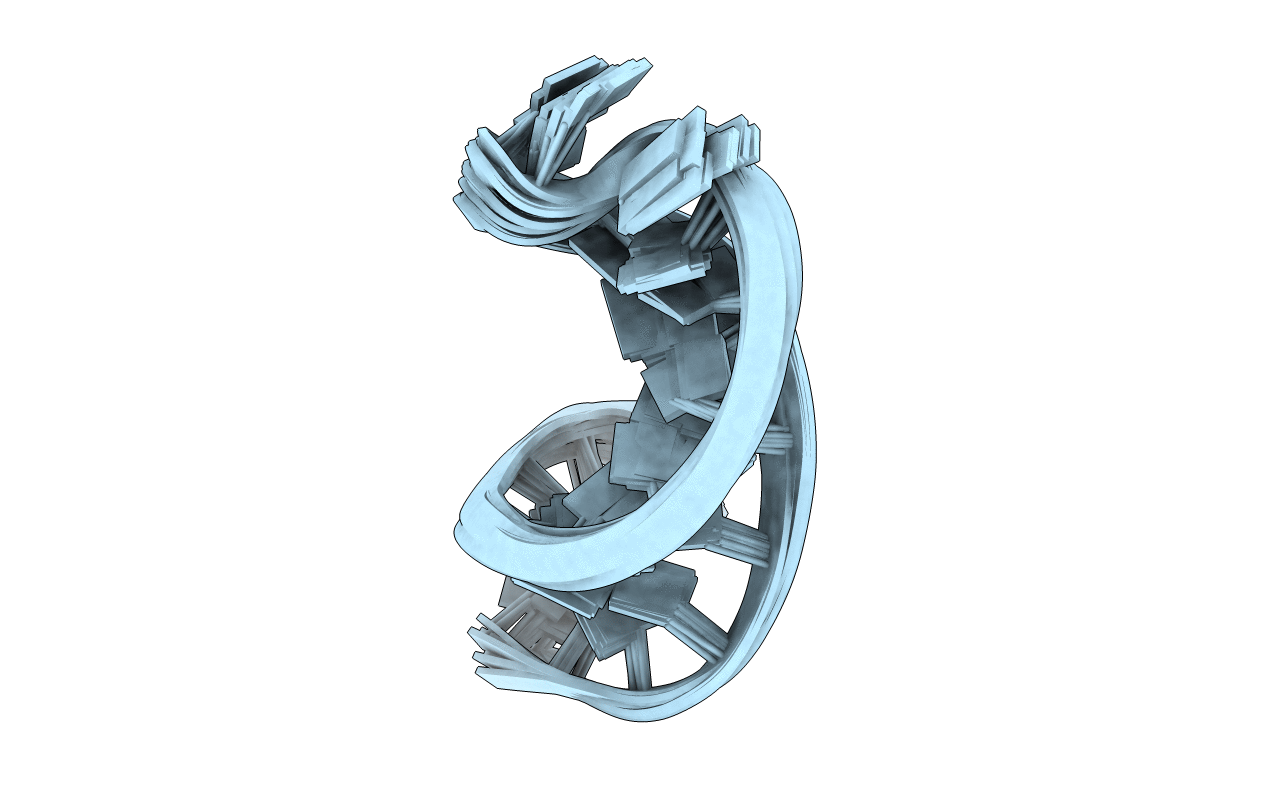
Deposition Date
2013-03-08
Release Date
2014-04-02
Last Version Date
2024-05-15
Entry Detail
Biological Source:
Source Organism:
Method Details:
Experimental Method:
Conformers Calculated:
150
Conformers Submitted:
15
Selection Criteria:
structures with the lowest energy


